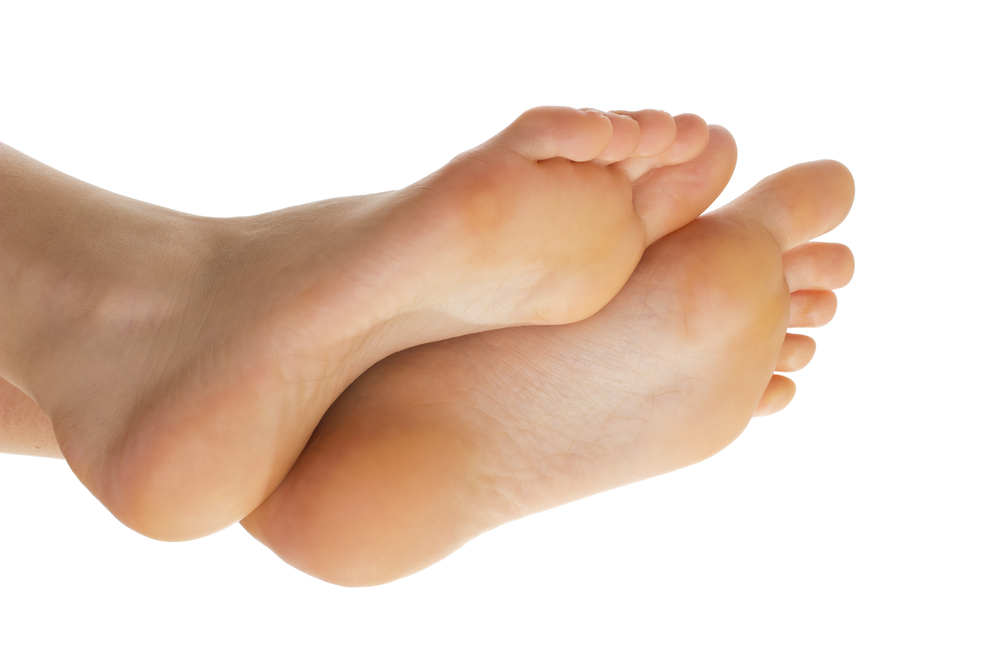
Corns and calluses are thick skin layers that form due to constant rubbing and irritation of the skin. To some people, the problem will go away immediately when they eliminate the source of pressure. However, to others, they could be so painful and cause a lot of discomforts. Book an appointment with a Coral Springs corns and calluses specialist to discuss a suitable treatment option. Treatment depends on how severe the problem is. Below is everything you ought to know about corns and calluses.
Is there a difference between corns and calluses?
The two do not mean the same thing. Corns are relatively smaller and affect areas that do not bear weight. They could be found on the sides, top, and between toes. They are painful when pressed. On the other hand, calluses are not as painful; they develop on the heels and knees and have varying sizes. Calluses are larger than corns.
What are the main causes?
Corns and calluses are caused by recurrent friction and pressure on the feet. The friction may result from:
- Avoiding socks: Wearing shoes without socks causes direct friction on your feet that could develop into a problem. It is also essential to ensure that you wear socks that fit properly to avoid the issue.
- Shoes that don’t fit: Shoes that are too tight exert excess pressure on your feet to cause corns, while loose shoes cause constant friction on your foot. Wearing high-heeled shoes could also result in a similar problem.
- Playing instruments: Calluses affect both the hand and the feet. The problem on the hand could result from playing hand instruments repetitively or using hand tools for a very long time.
While anyone can develop corns and calluses, some conditions increase the chances of developing these problems. They include hammertoe, bunions, and foot deformities such as a bone spur. You should also wear gloves when using tools to reduce friction on your hand.
What are the treatment options?
You can manage corns and calluses at home by eliminating the source of friction and using recommended protective pads. For the issues that persist after the home remedies, you should seek medical assistance. Below are the various treatment options available:
- Trimming excess skin: The doctor can choose to trim the accumulated skin with a scalpel. Trimming alone at home is riskier as it could cause an infection.
- Medication: There are various patches available to remove calluses. Such patches contain salicylic acid. The doctor may also recommend that you switch to other gels for larger areas or pumice stone to smooth dead skin on your feet.
- Shoe inserts: Even after successful treatment, the doctor may advise that you use padded shoe inserts if you have deformities. The inserts are important to prevent reoccurrence.
- Surgery: Surgery corrects friction caused by the bone. The doctor realigns the bone to reduce contact with your shoe.
People living with diabetes should consult the doctor after any foot injury to avoid the risk of infection when self-treating. Additionally, if you are healthy and the calluses are inflamed or very painful, you should also seek medical attention. Book an appointment today with Advanced Foot, Ankle, & Wound Specialists, PA, for personalized care.